Crooked or crowded teeth don’t just affect your smile — they impact your bite, gum health, and long-term comfort. At KYT Dental Services, we offer Invisalign clear aligners, a modern way to straighten teeth discreetly and comfortably.
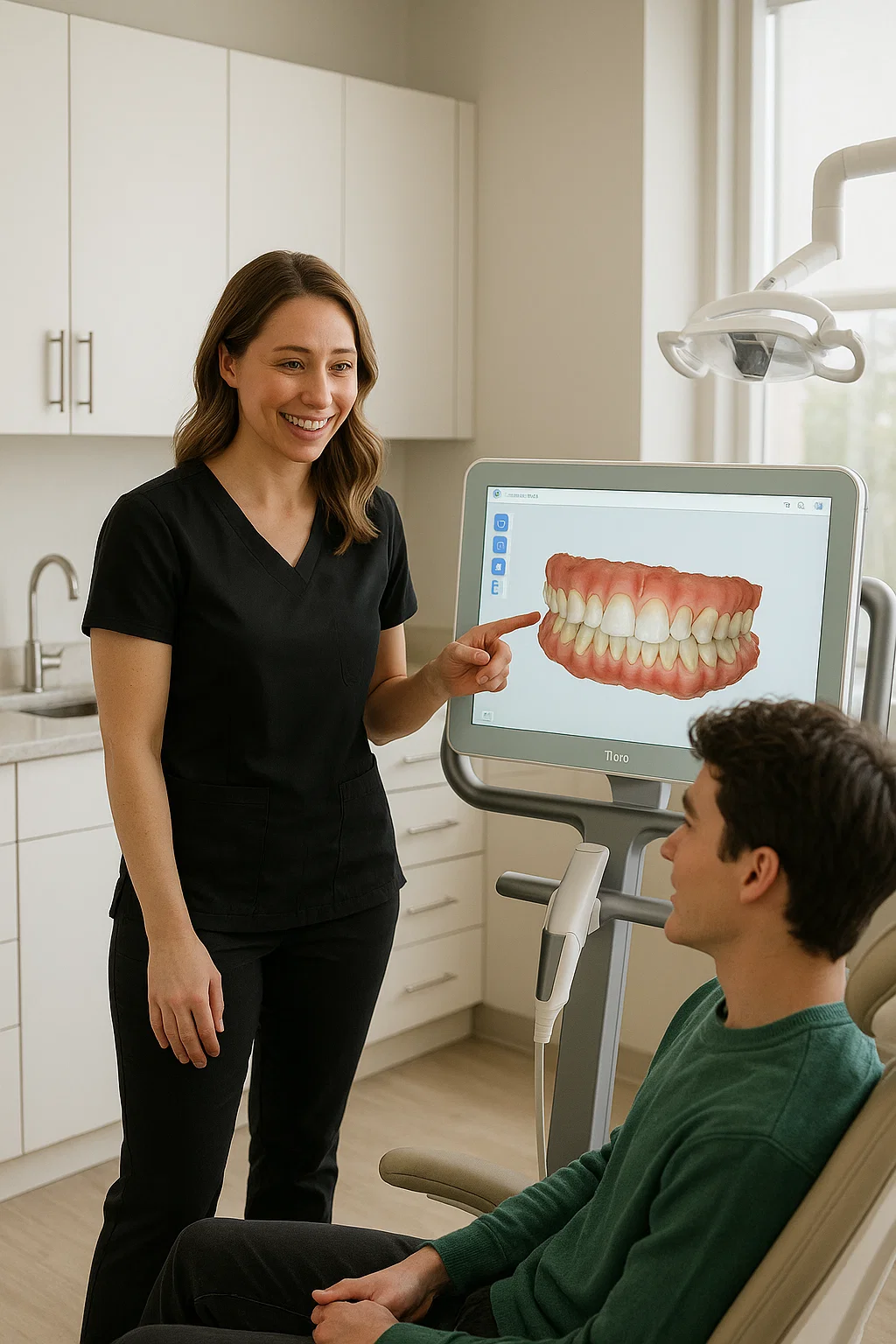
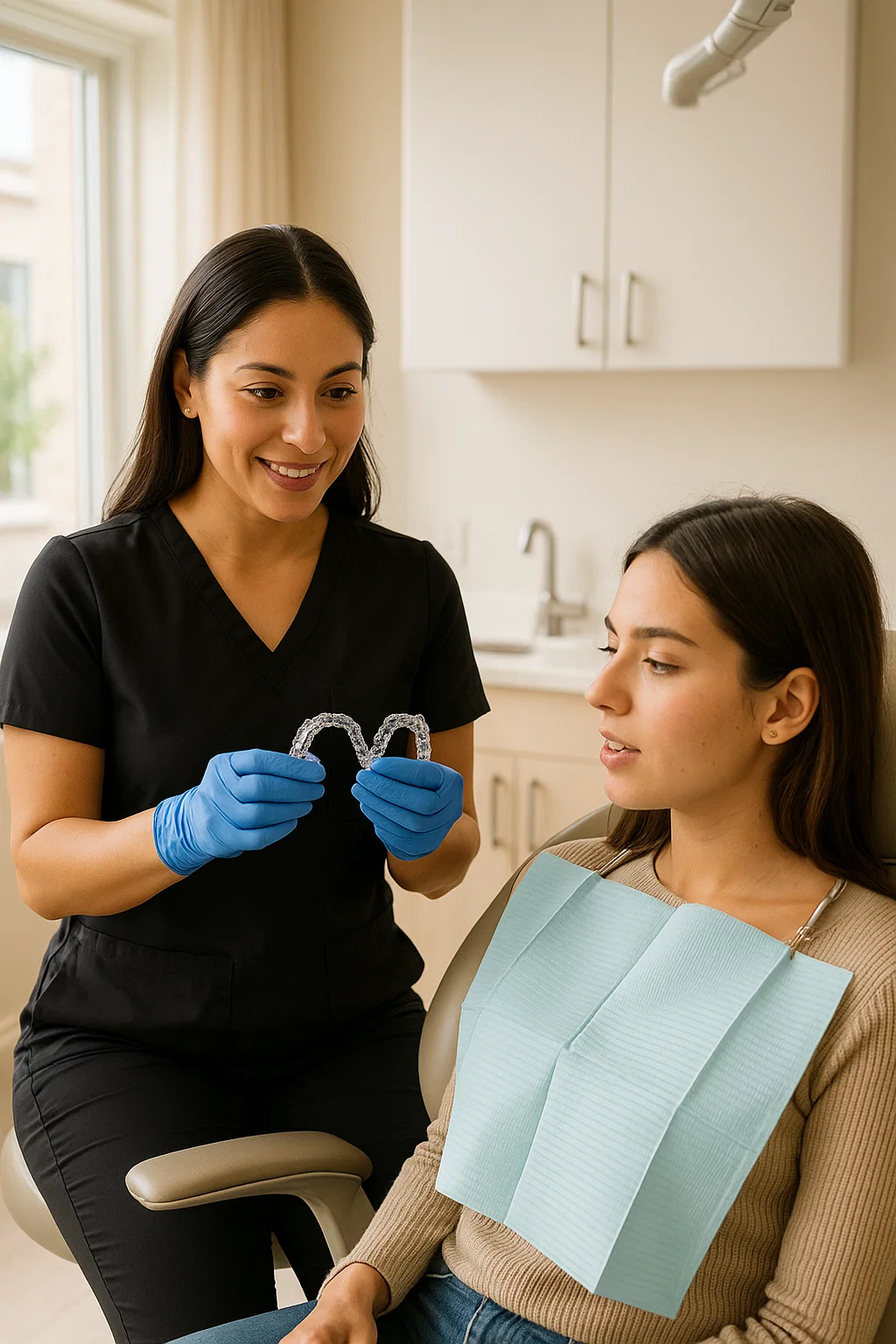
Straight teeth aren’t just cosmetic — they’re healthier teeth. Invisalign helps you:

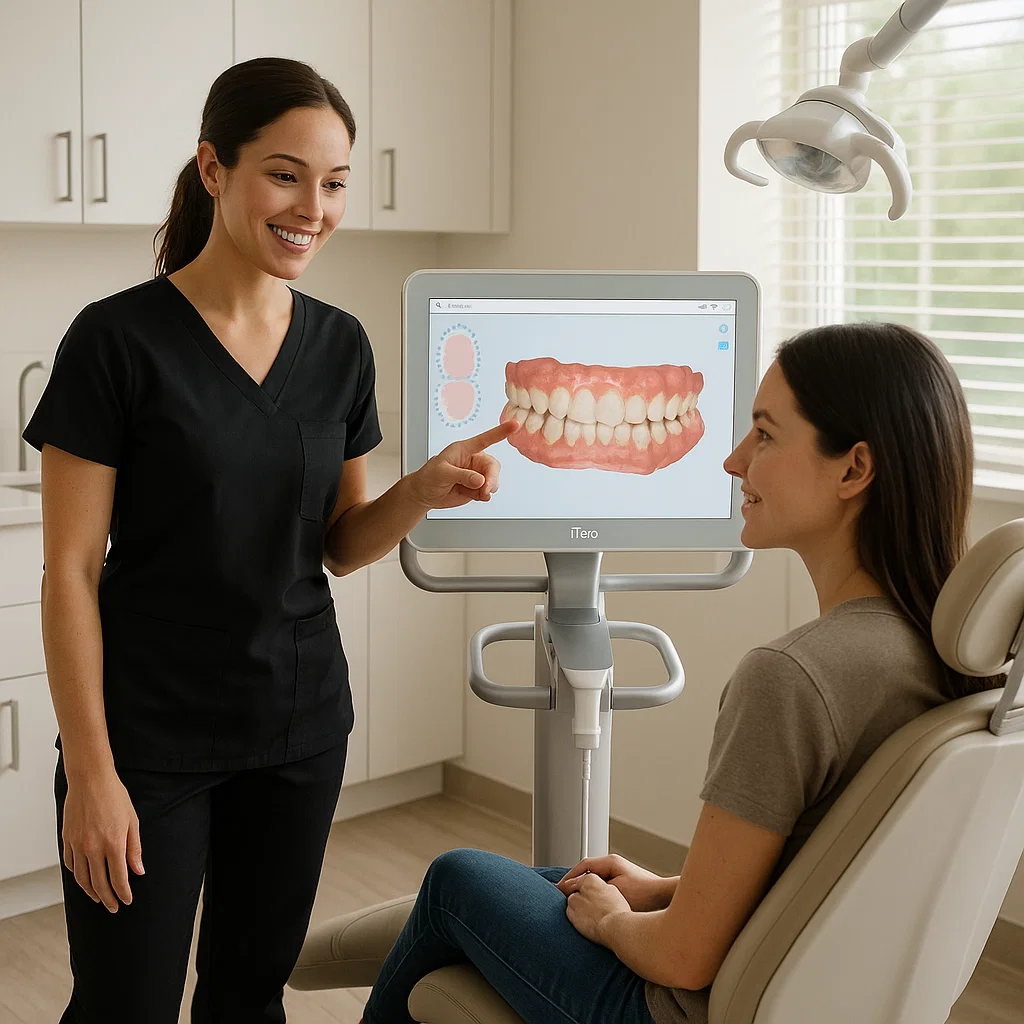
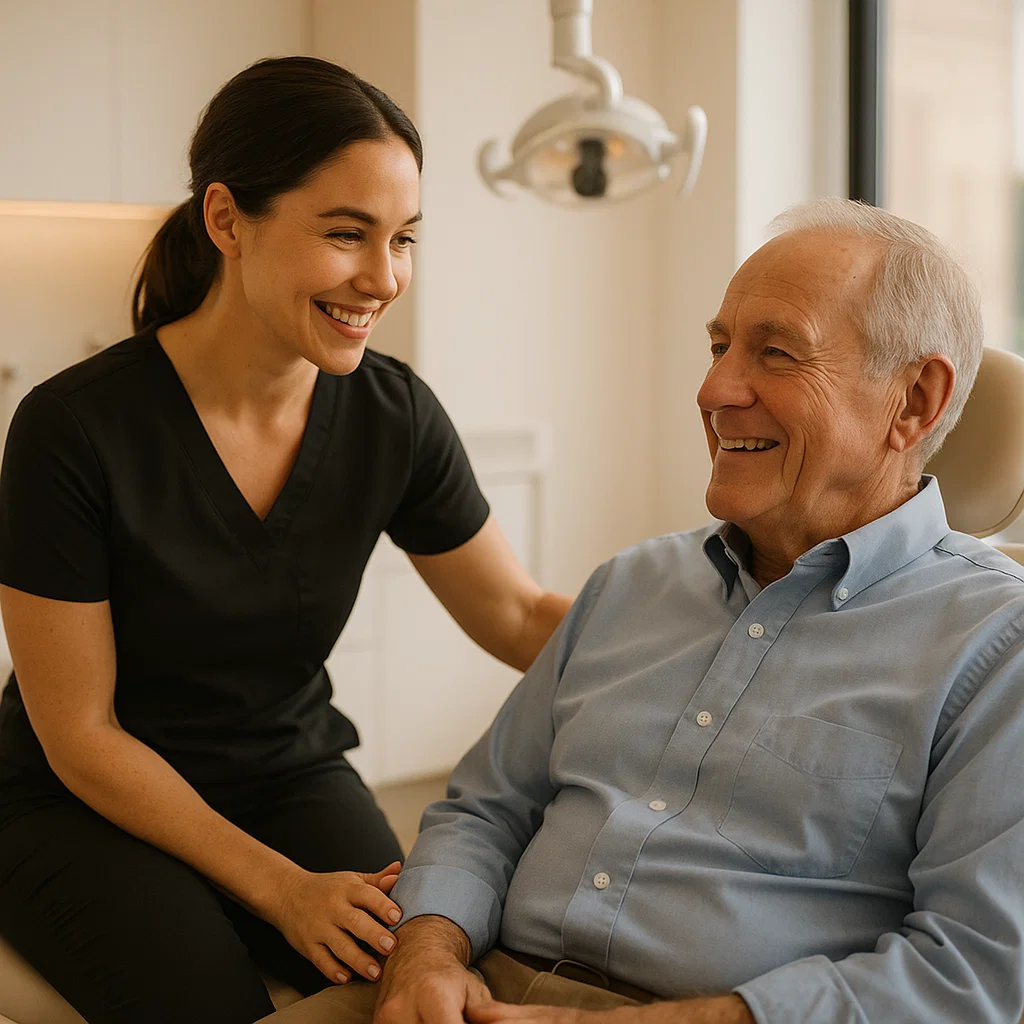
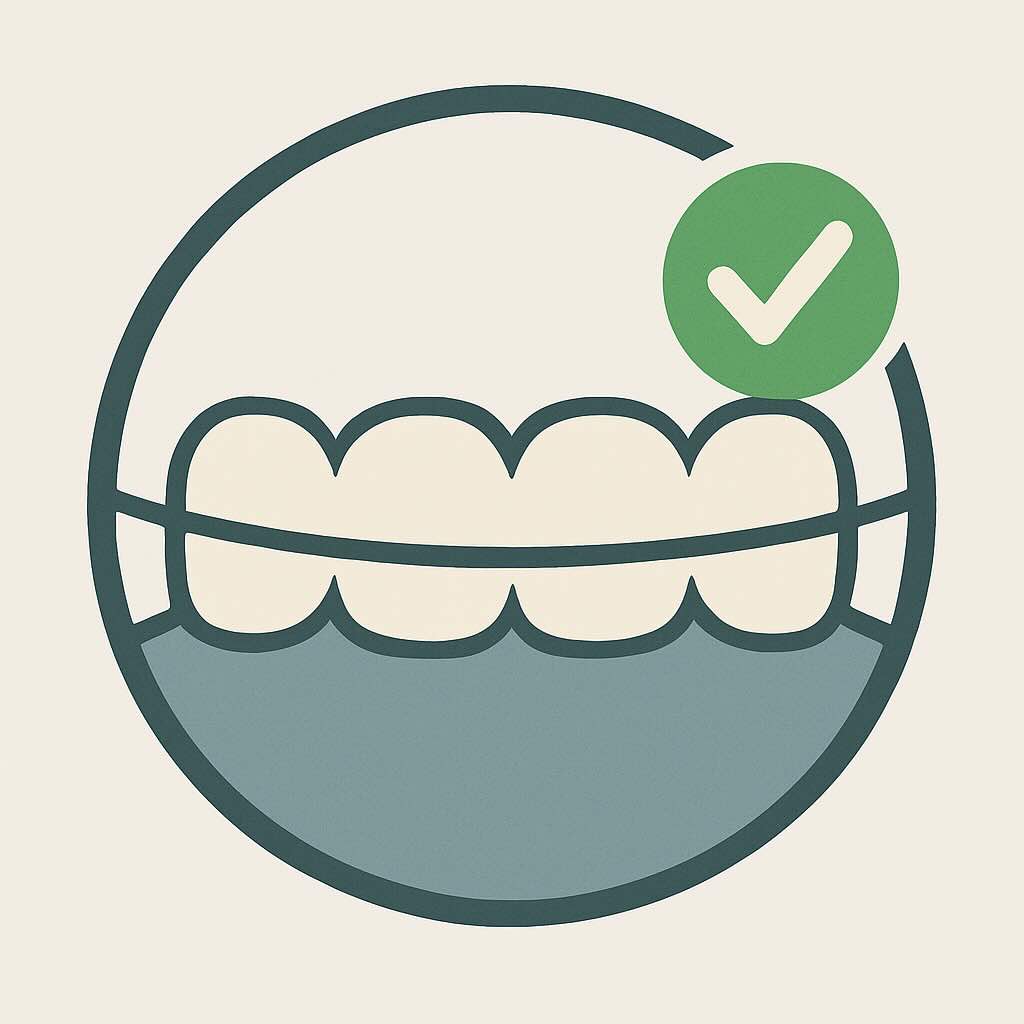
✨ Nearly invisible — most people won’t notice
✨ Removable for eating, brushing, and flossing
✨ No metal brackets or wires to irritate gums
✨ Often requires fewer office visits
Bottom Line: Invisalign offers comfort, convenience, and confidence while straightening your teeth.
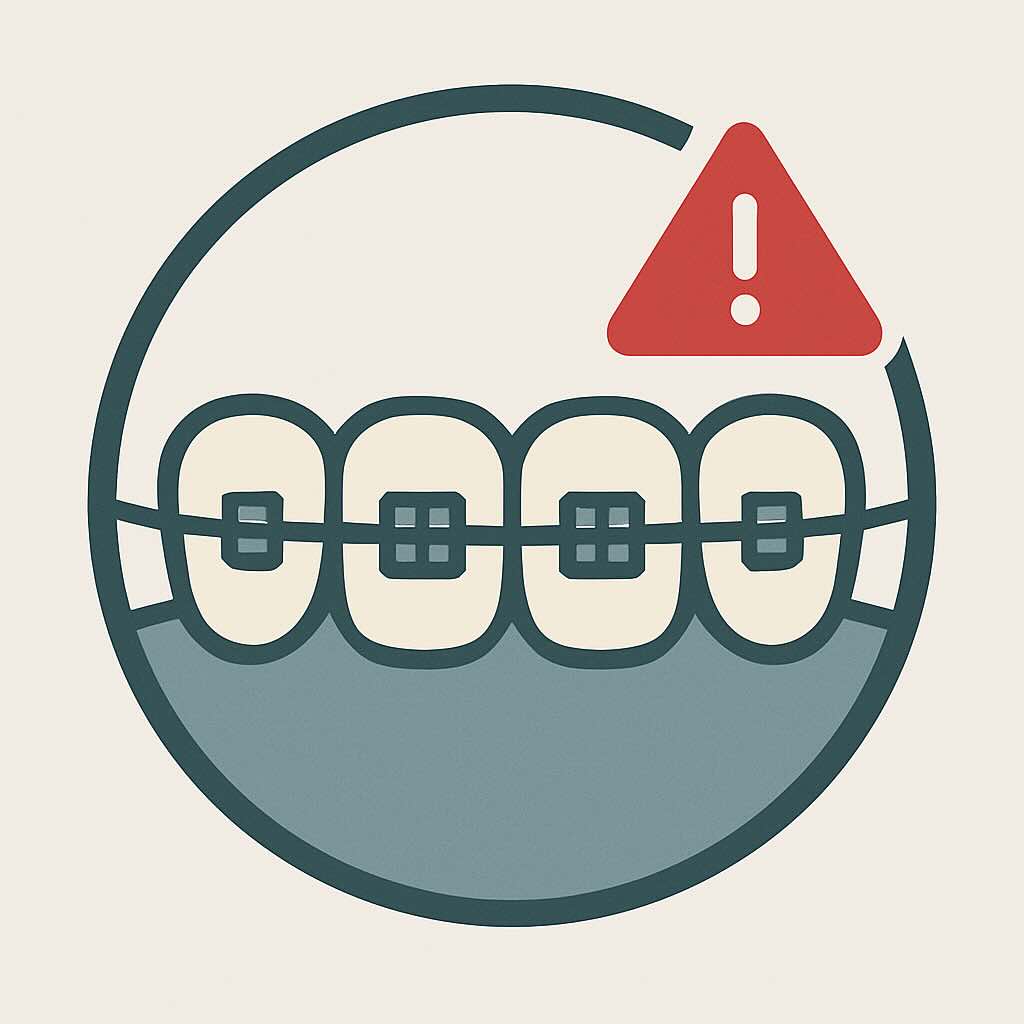
⚠️ Noticeable metal brackets and wires
⚠️ Food restrictions and harder cleaning routine
⚠️ Can cause irritation to lips and cheeks
⚠️ More frequent office adjustments needed
Bottom Line: Braces are effective but less comfortable and less aesthetic compared to Invisalign.
Invisalign Treatment:





